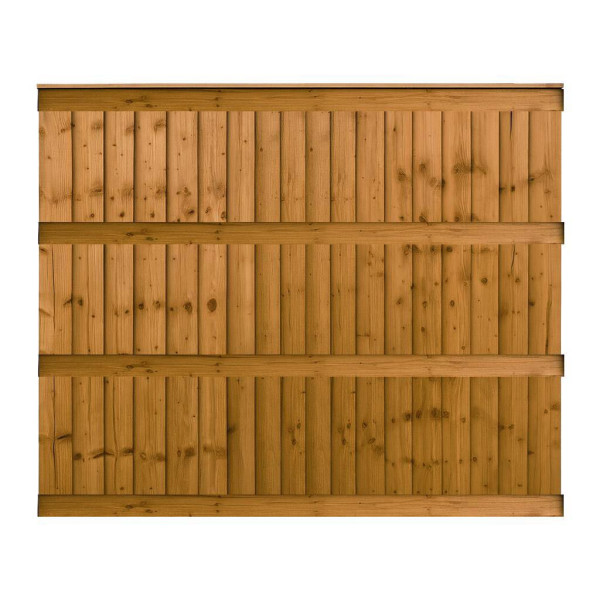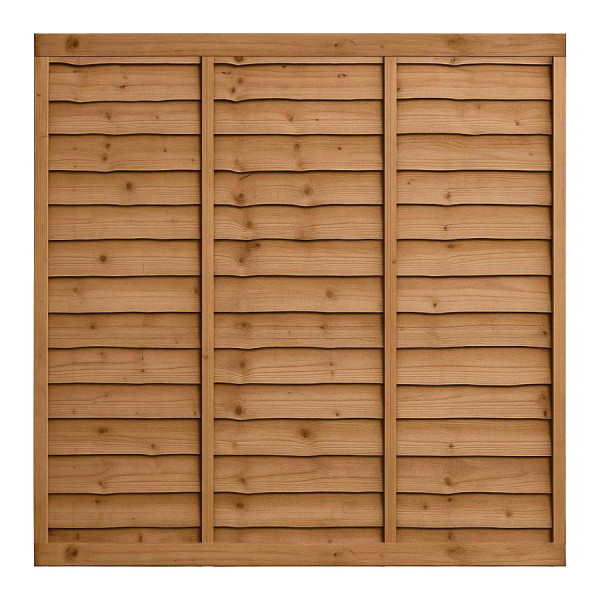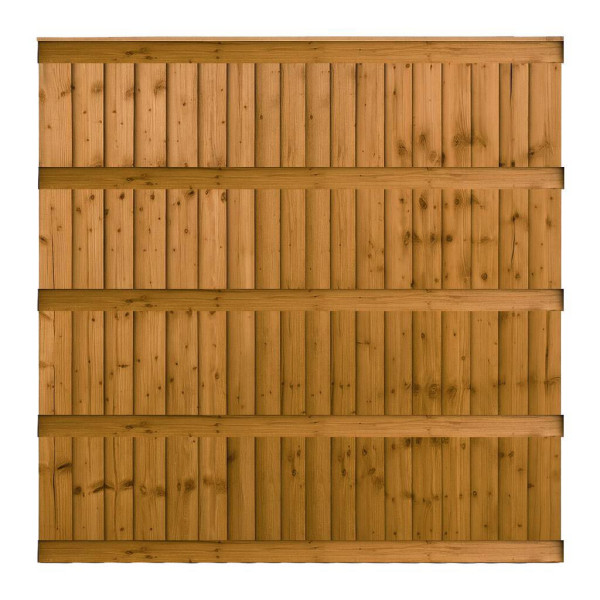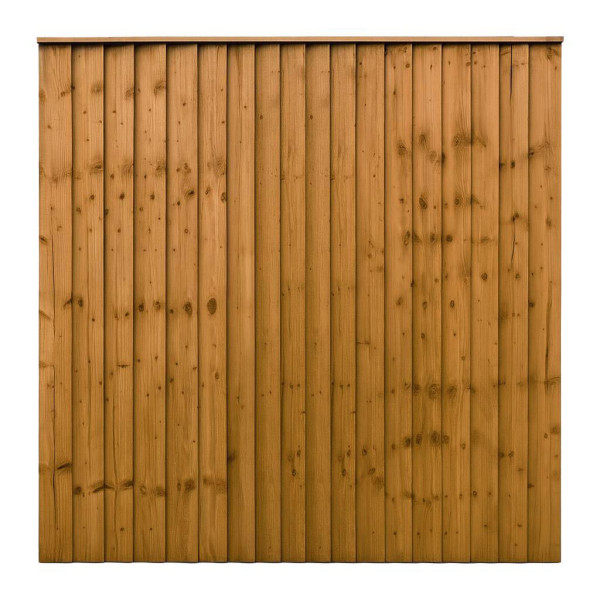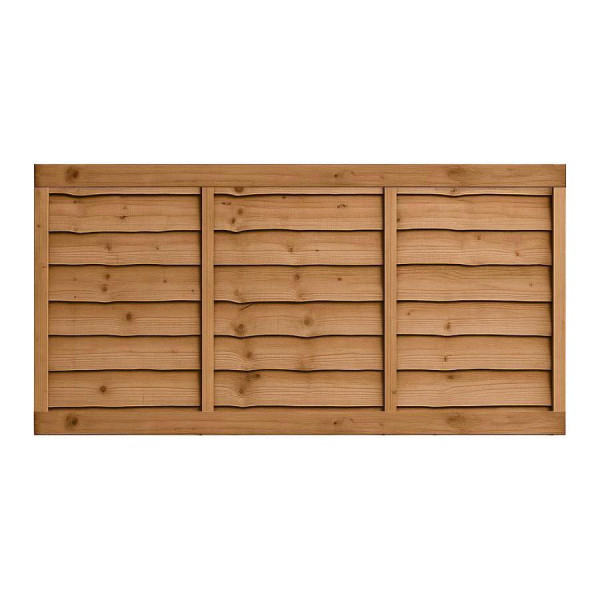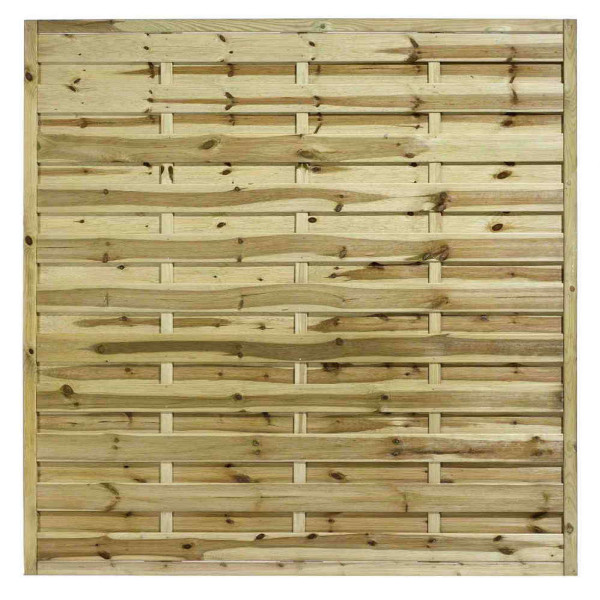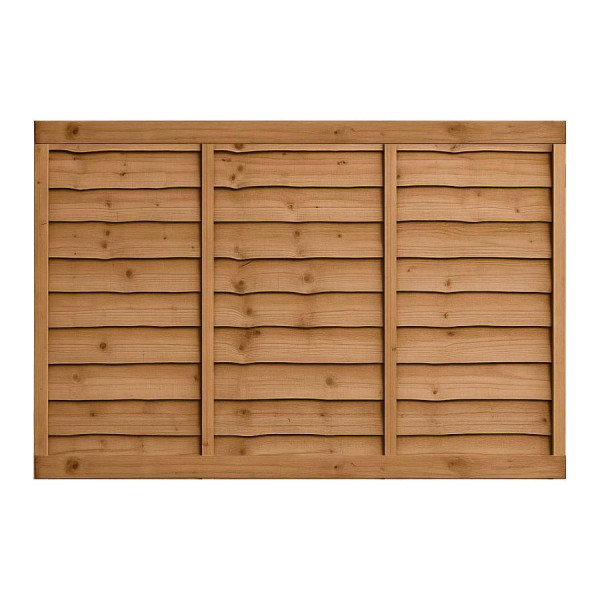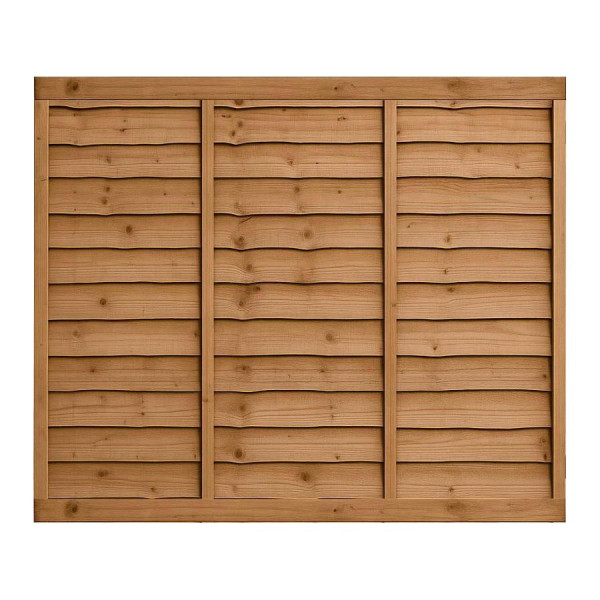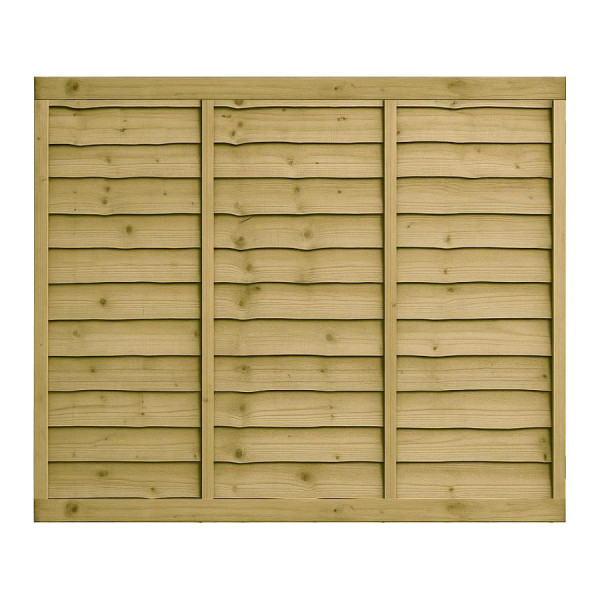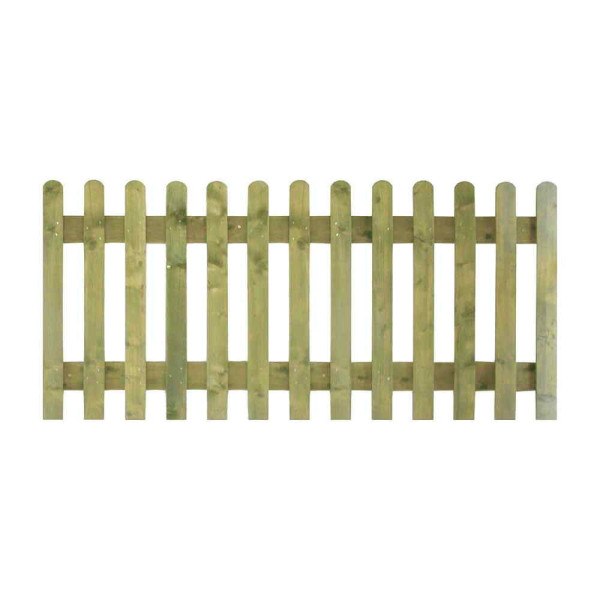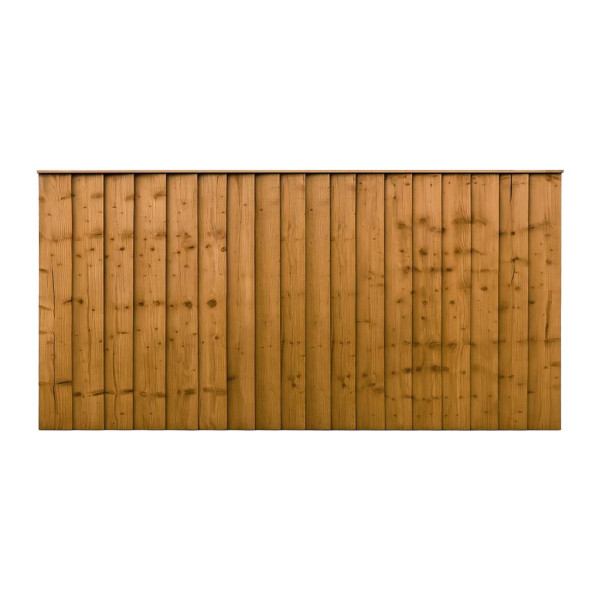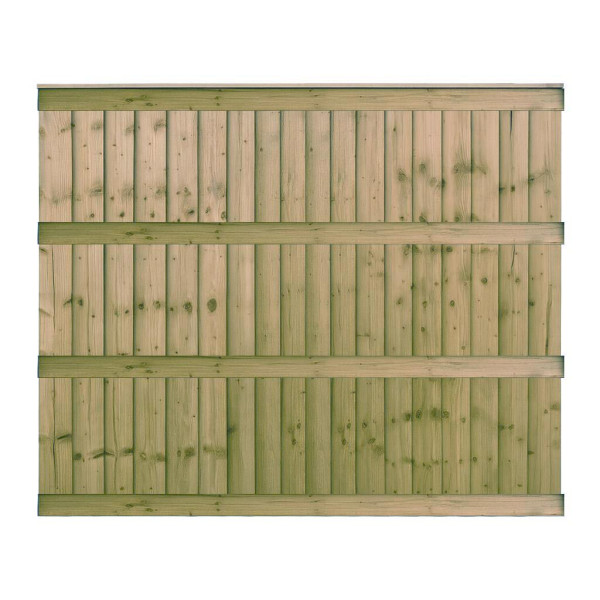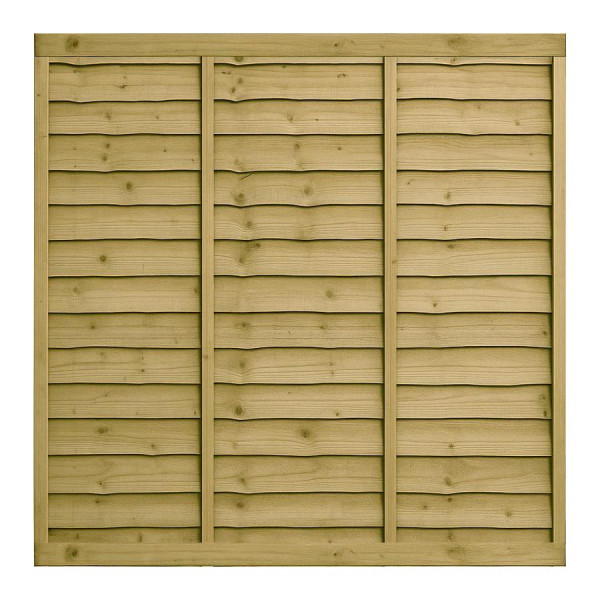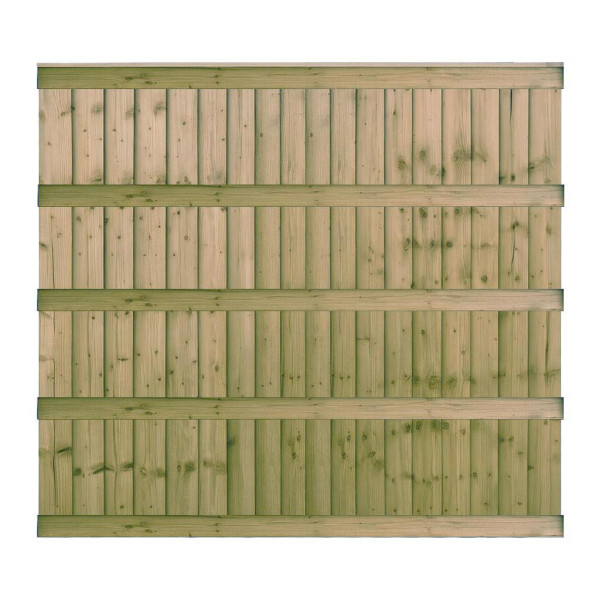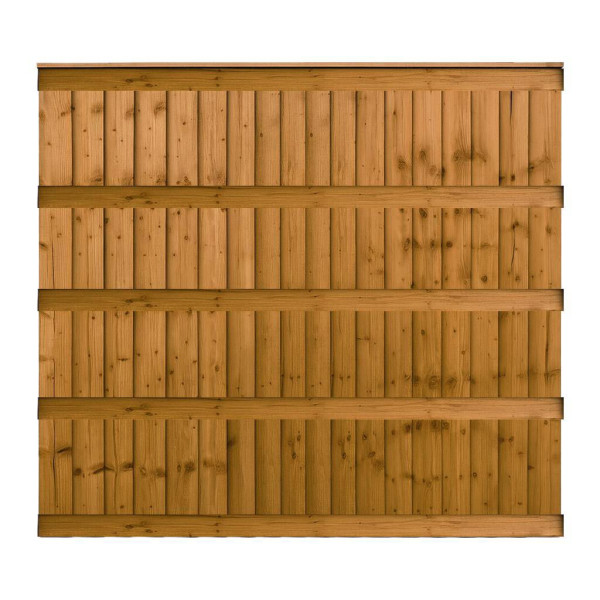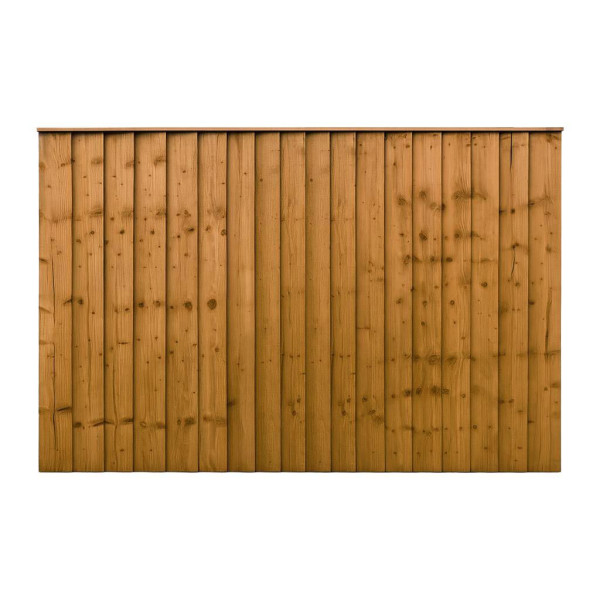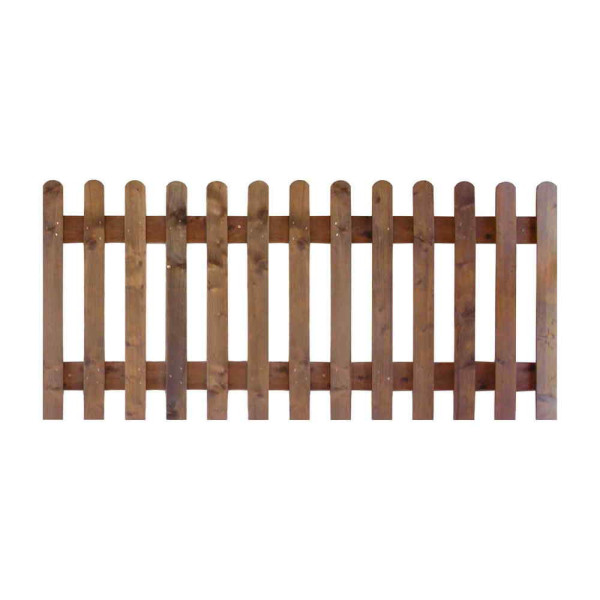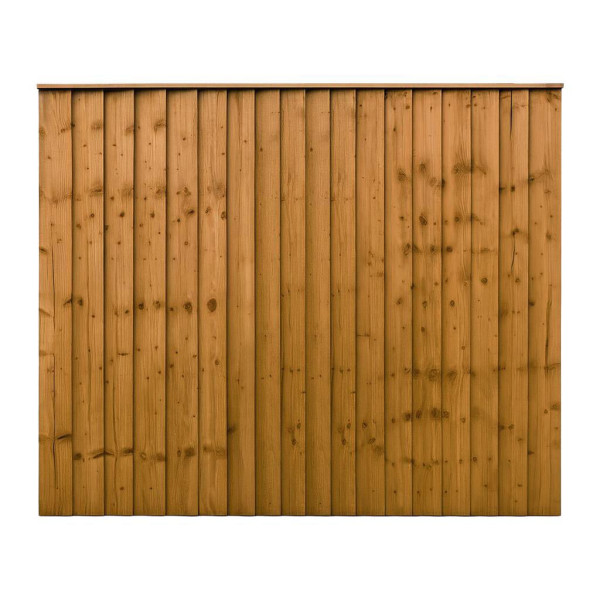Fence Panels
Discover the unmatched durability and craftsmanship of East Coast Fencing's 6FT x 5FT ultra heavy duty closeboard fence panels. These panels are engineered to provide the utmost strength and longevity, making them an ideal choice for homeowners seeking both functionality and aesthetics. With a remarkable sales record of over 150,000 panels, it's cl..
from
£37.99 £49.49
Ex Tax:£31.66For a smart-looking boundary that feels solid and private from day one, the 6FT x 6FT Waney Lap Fence Panel – Pressure Treated Brown is an easy, dependable choice. The classic overlap construction offers reassuring screening and a neat, uniform line along patios, lawns and side returns. Finished in a warm brown treatment that settles naturally into..
from
£29.99 £39.49
Ex Tax:£24.99Introducing the 6FT x 6FT Ultra Heavy Duty Closeboard Fence Panel, a premium choice for those seeking strength and durability in their fencing solutions. Manufactured by East Coast Fencing, these panels represent the pinnacle of quality and craftsmanship. Having sold over 150,000 units, this speaks volumes about their reliability and trustworthines..
from
£44.99 £58.49
Ex Tax:£37.49Looking for a dependable solution to secure the borders of your garden? Consider the 6FT x 6FT closeboard fence panel, a perfect blend of durability and style. Pressure-treated in a rich brown hue, this fence panel not only enhances the aesthetic appeal of your outdoor space but also stands resilient against the elements.
Crafted by East Coast Fen..
from
£42.49 £55.49
Ex Tax:£35.41The 6FT x 3FT Waney Lap Fence Panel – Pressure Treated Brown is the perfect choice for lower garden boundaries where definition and style are just as important as privacy. With its overlap construction and warm brown pressure treatment, this panel offers durability and a traditional appearance that blends beautifully with most outdoor settings. At ..
from
£18.49 £23.99
Ex Tax:£15.41Discover the perfect blend of privacy and elegance for your garden with our 6FT x 6FT Horizontal Hit & Miss Panel, meticulously pressure treated to wear the handsomest shade of green. This premium fencing solution offers not just an aesthetically pleasing boundary but a durable one that stands the test of time. By undergoing a pressure-treating..
from
£65.99 £81.99
Ex Tax:£54.99The 6FT x 4FT Waney Lap Fence Panel – Pressure Treated Brown is a practical, stylish option for creating lower garden boundaries that still provide privacy and definition. With its overlap design and warm brown pressure treatment, this panel is built for outdoor durability while blending naturally into most landscaping styles. At 4ft high, it’s ide..
from
£21.99 £28.49
Ex Tax:£18.33The 6FT x 5FT Waney Lap Fence Panel – Pressure Treated Brown is a versatile choice when you want dependable privacy at a slightly reduced height compared to full 6ft panels. With its warm brown treatment and classic overlap construction, this panel brings reliable screening, a natural look that complements most garden styles, and straightforward in..
from
£25.49 £32.99
Ex Tax:£21.24The 6FT x 5FT Waney Lap Fence Panel – Pressure Treated Green is a classic, practical choice for homeowners who want reliable privacy with a slightly lower profile than a full 6ft fence. Its overlap design provides strong coverage, while the green pressure treatment prepares the timber to stand up to the British climate. This panel is ideal for crea..
from
£25.49 £32.99
Ex Tax:£21.246FT x 3FT Round Top Picket Fence Panel - Pressure Treated Green provides a mid-height, traditional boundary with a softer silhouette. Sized to span a standard 6ft bay at 3ft high, it features rounded pale tops and a natural green finish that blends discreetly with planting while keeping sightlines open.Pressure treated for outdoor longevity
Th..
from
£24.99 £30.99
Ex Tax:£20.83Introducing the 6FT x 3FT closeboard fence panel from East Coast Fencing, a product that combines durability and style. Crafted with precision, these fence panels are pressure treated brown to ensure long-lasting protection against the elements. This makes them an ideal choice for those seeking a robust fencing solution that effortlessly complement..
from
£34.99
Ex Tax:£29.16Introducing the 6FT x 5FT ultra heavy duty closeboard fence panel by East Coast Fencing—your ultimate solution for a robust and long-lasting garden boundary. Meticulously crafted with precision and care, this fence panel is pressure treated green to ensure durability and longevity, providing your outdoor space with an unparalleled level of protecti..
from
£37.99 £49.49
Ex Tax:£31.66If you want sturdy, great-looking garden privacy without the fuss, our 6FT x 6FT Waney Lap Fence Panel – Pressure Treated Green is the straightforward choice. This classic horizontal-lap design gives you dependable screening for boundaries, side returns and back gardens alike, while the green pressure treatment helps the timber stand up to the Brit..
from
£29.99 £39.49
Ex Tax:£24.99Transform your garden space with the 6FT x 5FT 6 Inch ultra heavy duty closeboard fence panel from East Coast Fencing. Known for their robust construction and high-quality materials, these closeboard fence panels are an excellent choice for those seeking durability and security. Crafted using Irish Spruce Feather Edge, each panel offers a blend of ..
from
£40.49 £52.49
Ex Tax:£33.74Discover the exceptional durability and craftsmanship of East Coast Fencing's 6FT x 5FT 6 Inch ultra heavy duty closeboard fence panels. Precision-engineered, these panels are designed to meet your fencing needs with premium quality and strength. Whether you're looking to enhance the privacy of your garden or secure the perimeter of your property, ..
from
£40.49 £52.49
Ex Tax:£33.74Introducing the 6FT x 4FT Closeboard Fence Panel, a premium offering from East Coast Fencing, renowned for its high-quality construction and durability. With over 150,000 units sold, these fence panels have become a popular choice among homeowners and professionals alike, ensuring privacy and enhancing the aesthetic appeal of any outdoor space. Cra..
from
£40.49
Ex Tax:£33.746FT x 3FT Round Top Picket Fence Panel - Pressure Treated Brown provides a traditional, low-to-mid height boundary with a softer silhouette. Built to span a standard 6ft bay at 3ft high, it features rounded pale tops and a warm brown finish that complements planting, paths and driveways while keeping sightlines open.Pressure-treated for dependa..
from
£24.99 £30.99
Ex Tax:£20.83Introducing the East Coast Fencing 6FT x 5FT closeboard fence panel, a testament to superior craftsmanship and robust design, tailored for those who value both aesthetics and durability. This high-quality fence panel stands out as a prime choice for creating a secure and attractive boundary around your property. With its pressure-treated brown fini..
from
£35.49 £46.49
Ex Tax:£29.58


